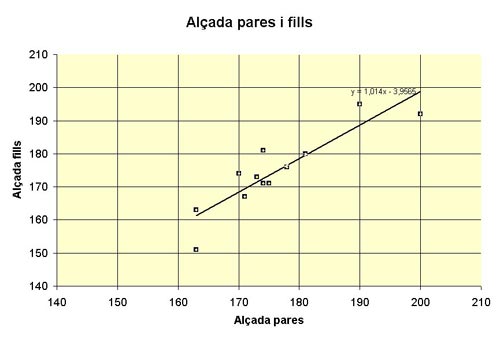
Political maps can be used in the geography classroom, in campaign planning, for wartime strategy, as well as in the history or political science classrooms. Other types of political maps include voting districts historical maps of empires maps of states, departments, or provinces regional maps showing types of governments and maps of imperialism showing overseas territories.

Maps that show the boundaries of countries are called political maps. These types of maps can help show patterns in the world’s earthquakes and other geological activities. Geological maps can be used by geography students, as well as geologists, city planners, architects, historians, and more. Geology maps can show the types of rocks in a region, topographical information, and denote movement over time of the tectonic plates that cover the surface of the earth. The geology of the planet can be depicted in maps. Other historical maps depict historical events, such as world wars, migrations of peoples, and changing boundaries of countries. Some historical maps show what was perceived to be the geography of the planet at the time.

The earth is a dynamic planet, both with its human systems, and geologically. There are many types of cultural and historical maps, especially found in textbooks. These types of maps include historical data at a glance, cultural dispersion, and historical perceptions of geography. NOAA carefully explains the differences between static maps and working, nautical charts. Section of an NOAA Nautical Chart.Ī nautical chart is a special type of map that includes more detailed information than most maps to help plan or chart a course while at sea. The National Oceanic and Atmospheric Administration, or NOAA, is a government agency that proclaims itself the “Nation’s Chartmaker.” NOAA’s Office of Coast Survey makes the nautical charts that are used by navigators such as pilots and mariners. Topographic maps can be used by city planners, architects, construction companies, investors, travelers, airplane pilots, sailors, anglers, mountaineers, bikers, campers, naturalists, hikers, and other outdoor sportsmen. the relationship of man-made structures such as buildings and roads.geographical surface features such as rivers, lakes, and canals.bathymetric (depth of water) information.Some of the information that topographic maps can depict are: Maps that show the relationship of geographic features to one another are called topographic maps. Yet others have used the Pacific Ocean to be the split for the map edges. Some cartographers have designed world maps with south on top of the map, north to the bottom. North Americans have long portrayed the Americas in the center of the map, cutting Asia’s huge landmass in half on the edges of the map. Most world maps are oriented with the north on top, south on the bottom of the map. Wall maps and floor maps can be very large and very detailed. Maps of the world are usually depicted on a flat piece of paper that folds out in various sizes. There are also very specialized maps that can replace graphs or charts to depict many different kinds of information. In addition to world maps, other types of maps include topographical maps, geological maps, nautical maps, cultural and historical maps, political maps, and population maps. While many people think of world maps showing oceans, continents, and country borders, there are many different types of maps that are used and that can be created. Maps are tools for depicting the geographic distribution of information. Technology has improved the accuracy and availability of information to put on maps, as well as usage. There are lots of different types of maps besides just world maps.



 0 kommentar(er)
0 kommentar(er)
